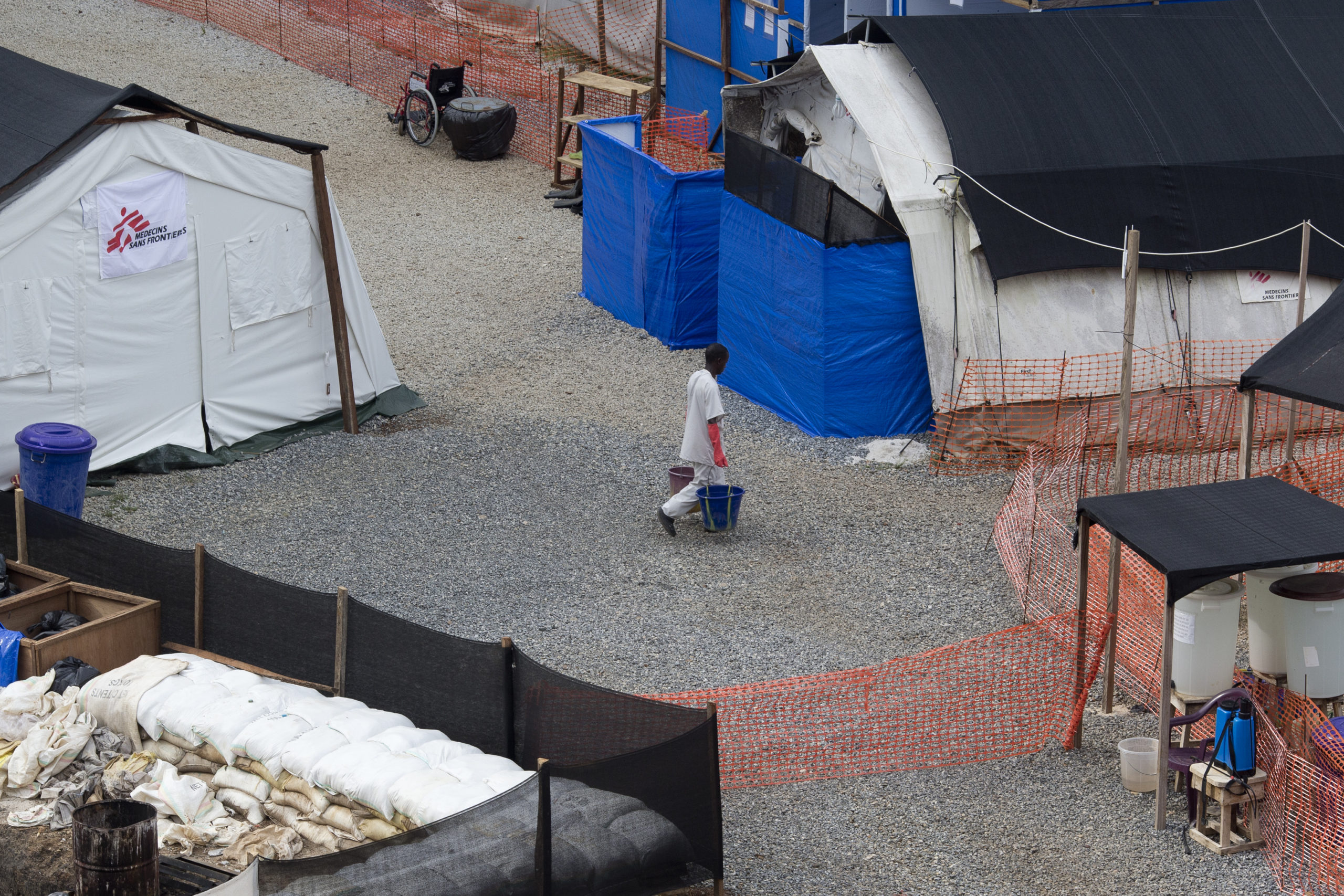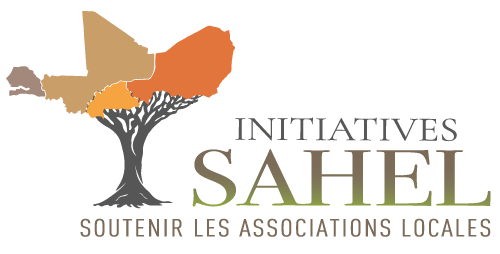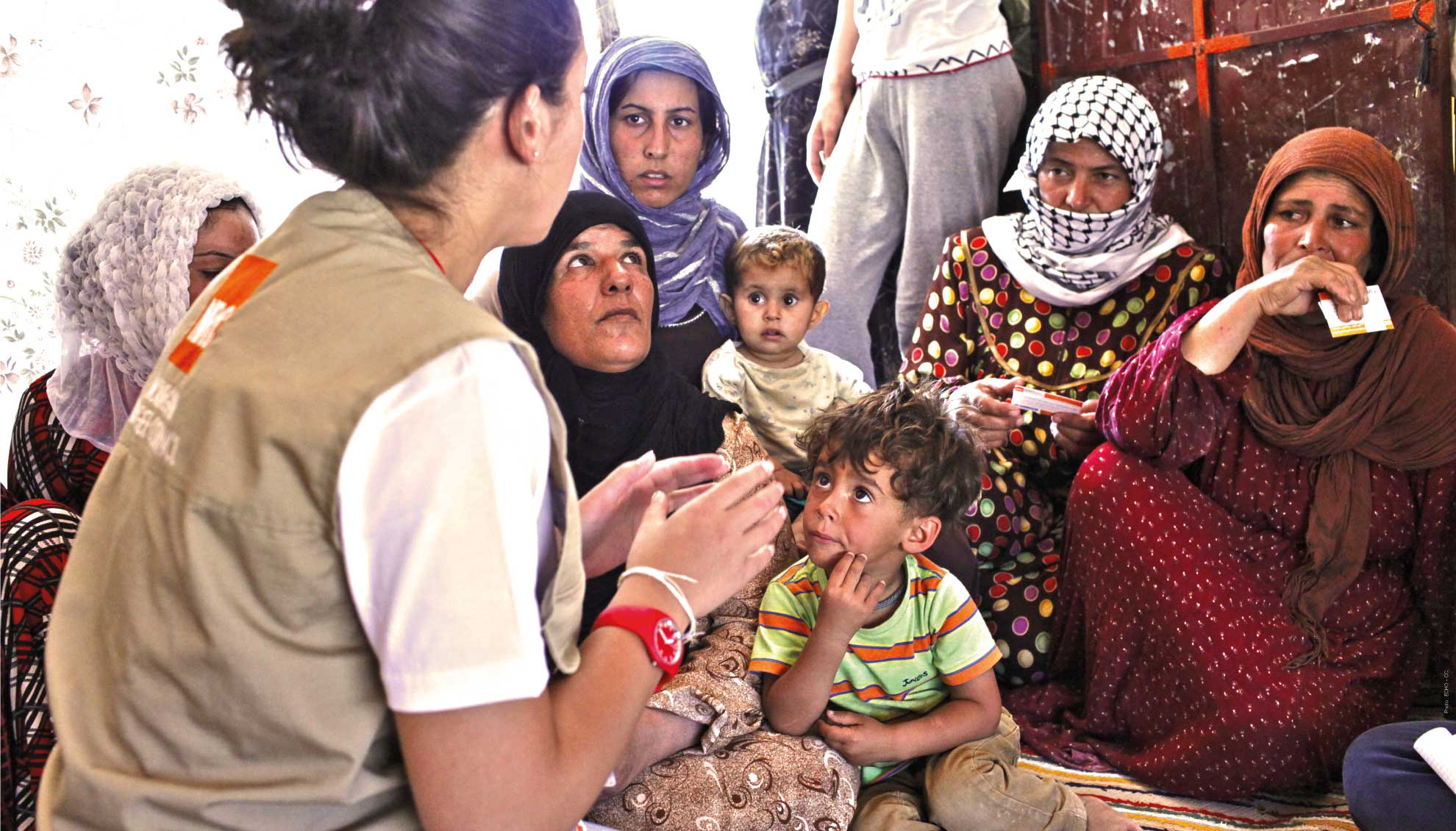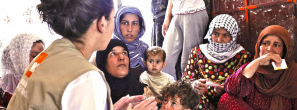
The State of Humanitarian Professions:
Providing a reference tool to the aid community
In a rapidly changing aid ecosystem, how to help humanitarian organisations* better recruit, retain and develop competent staff? How to help individuals have greater clarity on how they can enter the aid sector and be effective for people in need? How to help learning providers better target the most acute learning needs?
Why the State of the Humanitarian Professions 2020?
As we all know, multiple changes are underway in the humanitarian sector. These changes include ceding more power and control to local responders, ensuring that humanitarian workers and communities are safeguarded, operating with new approaches and technology… For these to be successful, the humanitarian community needs to ensure there is sufficient professionalism in the sector, and individuals operate with the necessary competencies. Recognising the professional functions that exist and the increasing understanding of the competencies they require will help organisations and individuals to adapt to new challenges and eventually, better answer the needs of vulnerable people.
While initiatives seek to give more visibility to professions and careers in humanitarian action (HPass, ELRHA…), there was no holistic, exhaustive and prospective publication on this crucial theme: as an actor in the professionalisation of the humanitarian sector, Bioforce has launched in 2019, with the support of the Principality of Monaco, the first international study on humanitarian professions.
Our purpose with The State of Humanitarian Professions 2020 was to give deep insights on today’s state of 24 humanitarian professions and what their future will be (typical functions within them, characteristics, number of people working in each of them, their typical features, ratio of supply and demand of staff, changes to come, new professions…). In addition, SoHP 2020 was intended to identify what are the core distinguishable competencies across all humanitarian professions, how they are changing and what they will look like in the future.
“A collection of lived experiences, views and opinions of humanitarians, today”
Bioforce and the SoHP 2020 Advisory Group (Humanity and Inclusion, NRC, ALNAP, CHS Alliance, PHAP, ICRC, WFP…) were determined to consult as widely as possible with humanitarian actors: national and international NGOs, United Nations agencies, national agencies, the Red Cross and Red Crescent Movement; other actors involved in humanitarian crisis management, representatives of humanitarian professionals (PHAP, Bioforce alumni network, etc.), professional networks and clusters, and key actors in professionalisation and learning (training bodies, universities, etc.).
A review of existing data and publications was the starting point for the study. This was followed by:
- 98 key informants interviews in the 24 professional areas identified
- a survey of active humanitarian practitioners (753 responses)
- 11 workshops around the world (France, Switzerland, Senegal, Sierra Leone, UK, Bangladesh, Uganda, Burkina Faso, USA, Colombia) to ensure that the study captured inputs and insights from the field, from different geographical areas and different types of humanitarian contexts
- An international online conference on November 17, 2020 that brought together 566 participants, during which the first findings of the study were shared and discussed
- 63 conference participants who helped us generate 19 recommendations
We also wished to take into account the global epidemic context in which this work took place by proposing a complementary study on the impact of Covid-19 on humanitarian professions.
“A collection of lived experiences, views and opinions of humanitarians, today“, as described by its lead author, the The State of Humanitarian Professions full report was published on December 11, 2020.
Access the Full Report
*As defined in ALNAP’s SOHS 2018 research.




